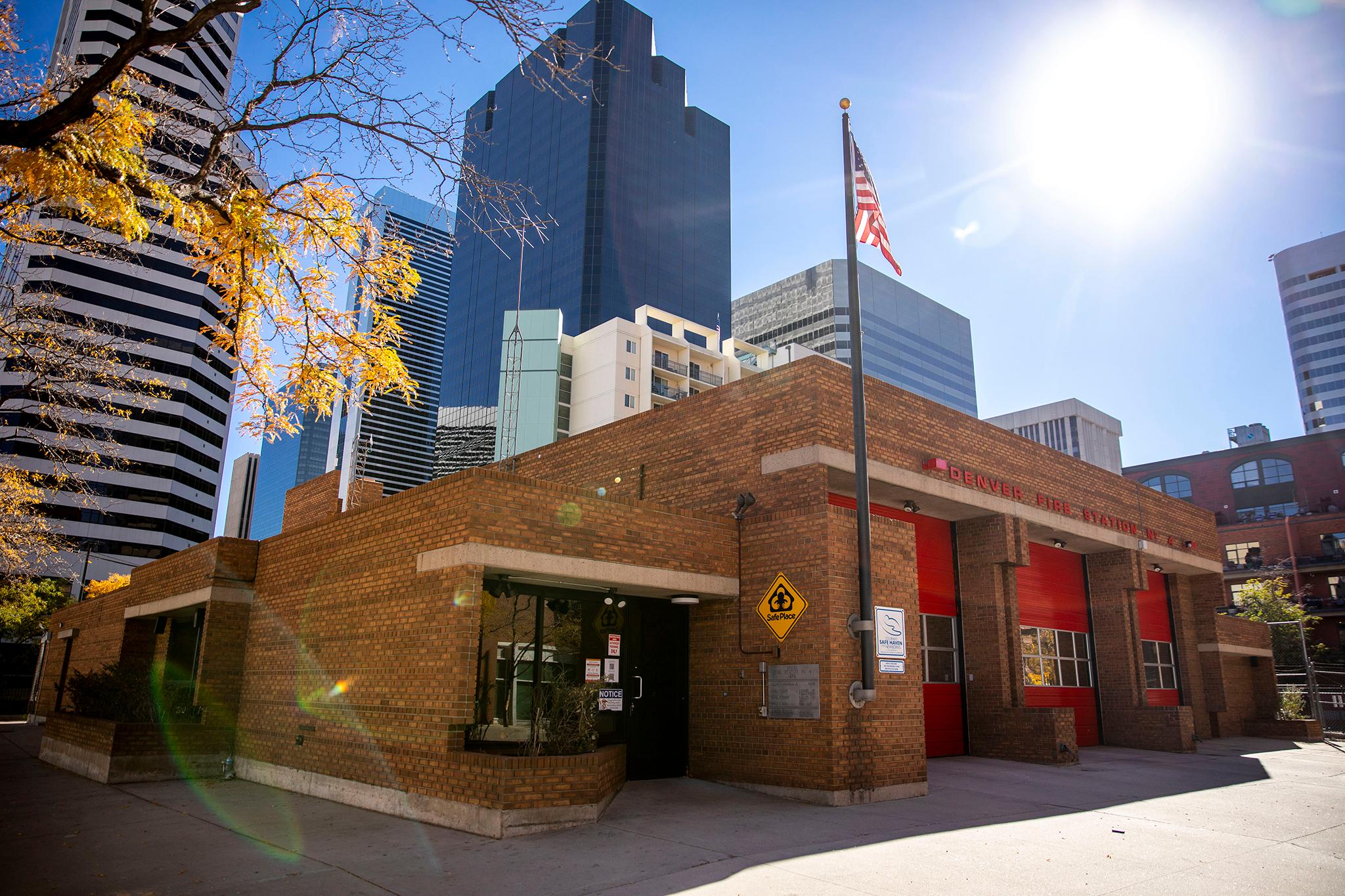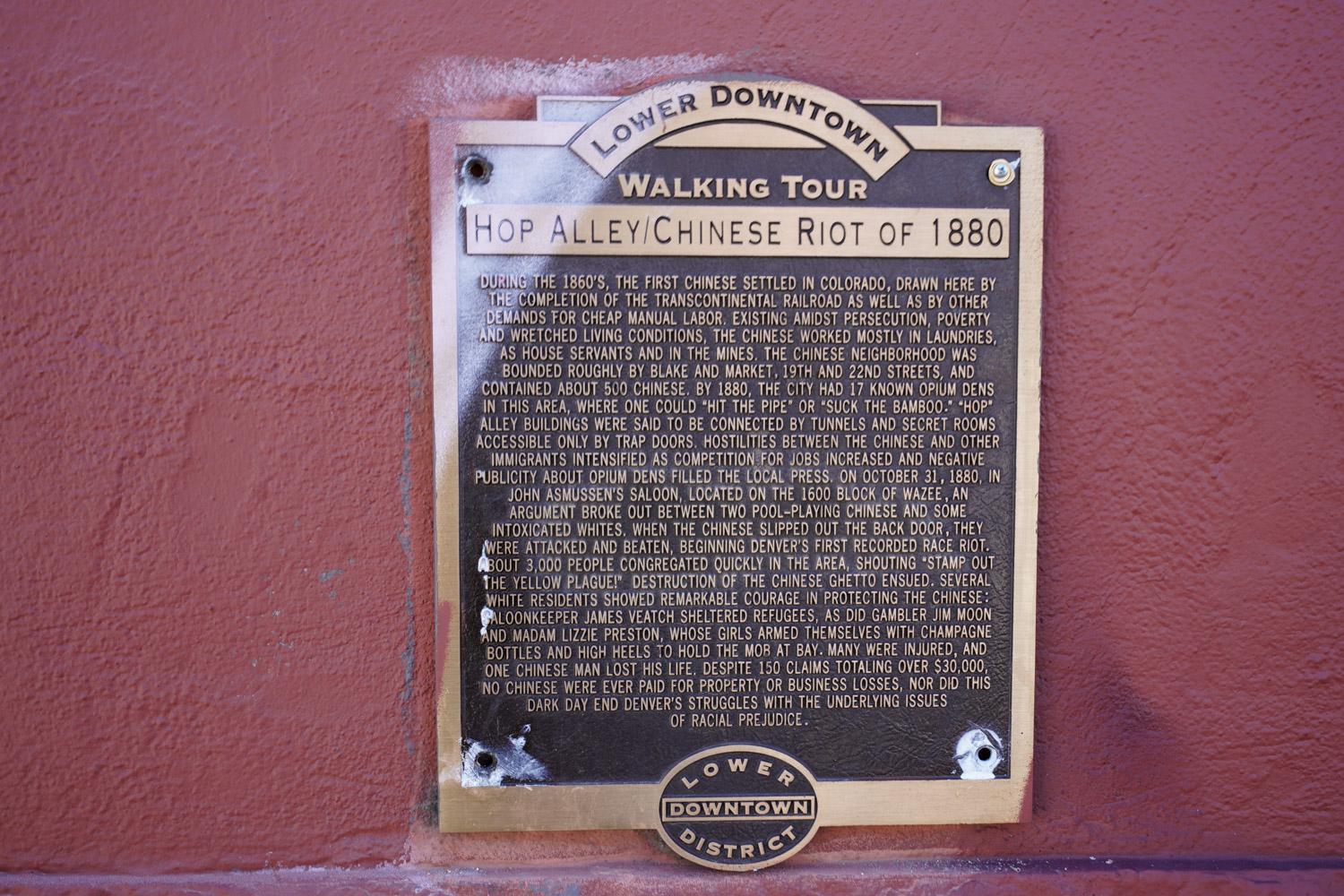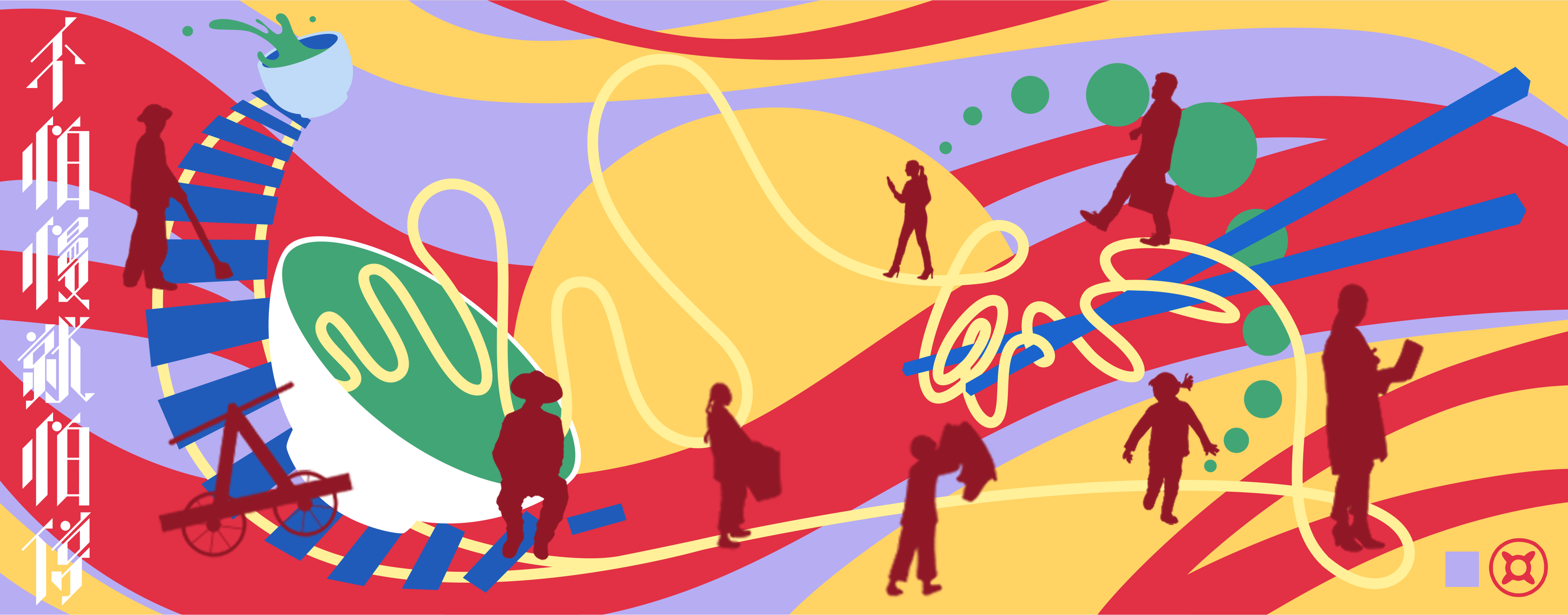Denver is getting its first mural dedicated to the city's historic Chinatown, a once-thriving pocket of culture and Chinese-0wned businesses that was destroyed during a riot in 1880.
Colorado Asian Pacific United (CAPU), a coalition of Asian American and Pacific Islander leaders in Denver, announced the upcoming mural on Oct. 31, the second anniversary of Denver's Chinatown Commemoration Day.
"We were looking at different ways to memorialize Chinatown and raise awareness," said Joie Ha, Vice Chair on the CAPU board and mural project manager. "Art is a really great way to be a conversation starter, as well as an easy way for folks to look into something that they may not have known before...The topic as a whole is hard to learn about. There used to be a whole ethnic enclave here and because of racism and racist structures, it no longer exists. So we're very excited to have this piece that digs into our history and our resiliency."
CAPU received grant funding from The Andrew W. Mellon Foundation earlier this year and put out a call for a muralist in June.
Nalye Lor, a Denver native and Hmong-American artist, said a friend told her about the muralist request, so she submitted a few designs and prepared for rejection.
"It's the best way to handle these things," Lor said and laughed.
CAPU selected one of Lor's designs because, according to Ha, she "had a very good representation of the past, present and future of the Chinatown."

In the 1870s, many Chinese immigrants moved to Colorado and the West Coast with the hope of striking it rich in the Gold Rush, according to History Colorado. Some migrants settled in LoDo because of its central location. From the 1870s to 1880, Chinatown was a thriving community but, on Oct. 31, 1880, things changed.
An argument broke out between Chinese and white patrons at John Asmussen's Saloon. When the Chinese patrons left, they were followed and attacked. Look Young, a Chinese laundry worker, was fatally beaten during the riot. Chinese-owned properties were destroyed and Chinatown never recovered from the incident.
Ha said Young's murderers were never arrested and the business-owners never received compensation. A marker titled, "Hop Alley/Chinese Riot of 1880," was later mounted in LoDO, but it told the story of the anti-Chinese riot through the lens of white historians. For example, the plaque applauds and names several white residents "who showed remarkable courage" in assisting Chinese residents but never names Young or the victims.
Through activism, the city took its first step toward rectifying its past transgressions in April when Mayor Michael B. Hancock signed a resolution officially apologizing for the city's role in the anti-Asian violence. In August, officials removed the "Hop Alley/Chinese Riot of 1880" marker.

Ha said the mural is the next step to raising awareness about the riot and the area's cultural history.
Lor's design is a mix of bold yellows, blues, purple and reds ebbing and flowing across the mural design. There are splashes of green that represent life both new and old.
"The crazy colors represent the chaotic history... I wanted to incorporate a lot of color to show how crazy it was but at the same time show that these crazy colors could work together and create harmony," Lor said.
Also spread throughout the murals are silhouettes of characters, some dressed in modern clothing others in historic garb. Lor said they can be anyone and they're following a timeline illustrated by a never-ending noodle.
Looking at the mural from left to right like a story, the timeline starts with a cup of green tea. That then transforms into railroad tracks, a symbol of the Transcontinental Railroad Chinese and Asian immigrants completed.

Going along the tracks are railroad workers and laundry workers and then there's a child that Lor said represents new history. The track turns into the infinite noodle that then zig-zags and twirls itself around a pair of chopsticks before heading into a bowl. The noodle, besides the timeline, represents hope and longevity.
Smack dab in the middle is a sun and all of the colors, lines and silhouettes orbit around it.
On the far left is a Chinese Proverb written in Chinese that says, "Be not afraid of going slowly. Be afraid of standing still."
"There's no traces of a Chinese community in LoDo...But in Colorado and in Denver, Chinese businesses exist and they've helped the city grow," Lor said. "The phrase is important because even though all this happened, this dark history, Chinese people are still here and still growing."
The mural will live at Denver Fire Station 4 at 1890 Lawrence St. Ha said it's a block away from where Young was killed during the riot. CAPU is hoping to reveal the mural in Spring 2023 but that depends on the weather.

With the grant funding, CAPU is also planning to install three new markers around LoDo, explaining who Young was, what the community was like and sharing some of Chinatown's history.
Ha said there's no specific timeline on when those will be permitted and erected. Some other future goals for CAPU are creating a walkable alley, similar to Dairy Block, with Asian and Pacific Islander shops, and maybe, one day a museum.
Ha said the push to inform Denverites about the city's Asian and Pacific Islander history and specifically Chinatown's history is never-ending.
Lor agreed, adding that she hopes her mural won't be the only one representing the area.
"This ambitious project speaks to the continued support of the AAPI community and the BIPOC community. I hope we add more murals to the city that have history...that are tied to events that people don't know about so they can be brought to light," Lor said.
Ha added, "It's hard to find our history and culture here and we just want folks to know there is a community here. It may not be very big but it's been here and has been here from the very start."












